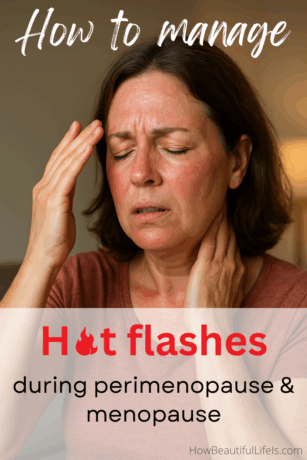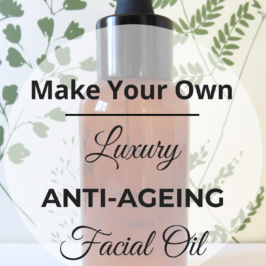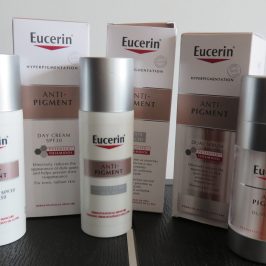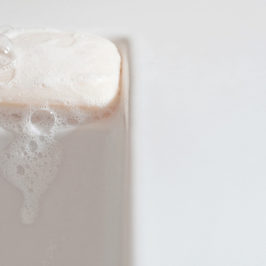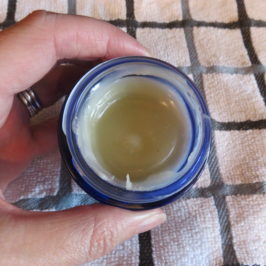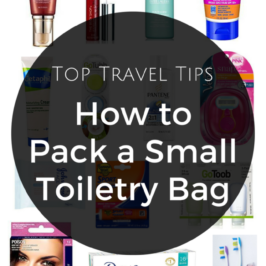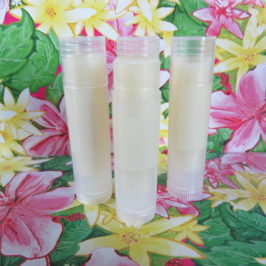This post may contain affiliate links. If you make a purchase through a link, I may receive a small commission, at no cost to you. These commissions help keep this website up and running, and I thank you for your support. Read my full disclosure here.
Experiencing hot flashes during perimenopause can be managed with hormonal treatment, but that’s not always an option for either health or personal reasons. Strategies such as weight loss, not smoking, Cognitive Behavioural Therapy (CBT), and exercise are known to support the management of symptoms, however, they are strategies that can take time to put in place and take effect. In the meantime, here are some practical, actionable tips that can help you better manage your hot flashes so you can get on with living.
Use a Portable Fan
Get a small portable travel fan with a handle that you can easily carry around with you or keep in your handbag. It will allow you to keep cool, whether at your desk or on your sofa. However, if you are on the go, a portable neck fan is perfect for an easy, hands-free coolness.
Stay Hydrated with Cool Water
Chill water in the fridge and keep it cool with ice or get yourself an insulated drink bottle to keep your drink cool (also perfect for carrying your hot drink in winter). My favourite is this stainless steel insulated drink bottle that comes with a carrier and a cleaning brush. Aim to drink only water to ensure you stay hydrated.
Ice Packs
Ice packs are your friend. Throw some in the freezer for at least a few hours to ensure they are fully frozen. These durable, reusable plastic ice packs are great and stay colder much longer than those soft, flexible gel packs used for injuries. To avoid giving yourself an ice burn, wrap the ice packs in a t-shirt or tea towel and sleep with them pressed against your body. Placing them in areas where your blood vessels are closest to the skin, such as your wrists and groin area, will cool you down faster. A more portable and comfortable option to consider is an ice pack vest, which has pouches designed to hold multiple ice packs.
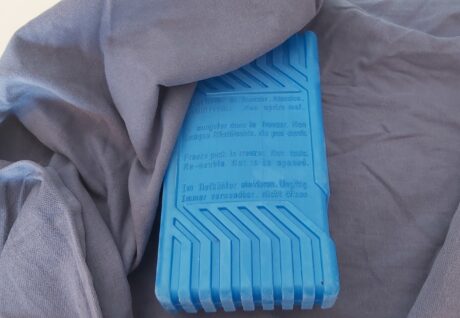
If you don’t have access to cold packs, you can fill empty plastic drink bottles with water and freeze them. However, remember that water expands as it freezes, so only fill them 3/4 full, otherwise they will burst in your freezer!
Similarly, you can wet flannels or old t-shirts and place them in a zip lock bag in the freezer. They will quickly become cold and provide you instant relief whilst waiting for your ice packs to freeze. However, they tend to warm up quickly and make things wet, so the ice packs are the best option.
Avoid Heavy Beauty Creams
Many people find that using heavy moisturisers and oils on their face and body can reduce their bodies ability to cool down. Instead, try to stick with light weight water based lotions and apply them an hour or two before heading to bed so they don’t cause further discomfort. Try Nivea Soft, a perfectly light but moisturising cream, which is perfect for face and body.
Cooling Down in the Water
Recent research published in Post Reproductive Health, examined the effects of cold water swimming on their health and wellbeing. The findings showed that 30% of menopausal women experienced a significant improvement in their hot flashes (along with anxiety and mood as a result of cold water swimming. But not everyone has easy access to a pool or swimming location.
When having a hot flash, or before heading to bed (if you have hot flashes in bed), cool your core body temperature down by jumping in the shower. Start with tepid water to give your body time to adjust to the change in temperature. Then aim to give yourself a cold blast before getting out. Wetting your hair can also keep you cooler for longer, but when sleeping, wrap your pillow in a towel to ensure it doesn’t get wet and develop mildew problems. Cold blasts provide you with a range of health benefits for your mental and physical health, including improved circulation and immune system and reduced inflammation. Another option is to sit with your feet in a bucket of cold water up to the ankle before heading to bed.
Cool Water Spritz
Keep yourself cool during the night by filling a spray bottle with cold water and ice and spritzing your face, body, and feet during the night. It’s very refreshing.
Choose the Right Bedding & Clothing
Selecting the best material will help you to feel much more comfortable when experiencing a hot flash. Steer clear of any man-made materials which will make you sweaty and hot. Instead, buy clothing made with natural materials like fine merino wool, linen, cotton, or silk.
When it comes to bedding, Europeans sleep with only a bottom sheet and duvet (or just a duvet cover) and no flat top sheet. However, sleeping with a flat top sheet untucked allows you to keep cool but also provides light coverage if you feel a bit cool during the night.
For cotton sheets, my personal favourite is 300 or 400 thread count (or less), 100% cotton percale bedsheets like these ones. They are lovely, crisp, and cool to sleep in. The downside is that they get very wrinkly when washed, but I just cheat and iron the top of the top sheet that you can see when folded over the duvet. Try not to go higher in thread count as they will become too thick, dense, and hot. Similarly, don’t use sateen in summer as they are thicker and hotter than percale (and because of the weave, they also wear out faster).
Another favourite is French linen sheets, which are comfortable to sleep in. However, they are heavier, but this is nice if it gets a bit cool during the night. Linen has a naturally informal, crumpled look, which is fine if you like that style of bedding. Similar to the cotton sheets, I iron the top of the top sheets so it looks a bit less crumpled.
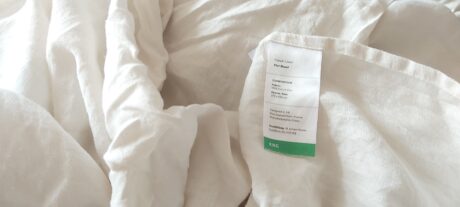
My favourite material to sleep in is silk. I’ve found that when it’s hot and I’m a bit sweaty during the night, the cotton seems to absorb the moisture, which makes it feel damp. But the silk feels more comfortable and less damp. Surprisingly, the silk feels cooler than cotton when it’s hot, which I thought would be the other way around since everyone always talks about cotton wicking sweat and keeping you cool. However, overall, I find silk much more comfortable when it’s hot. Unfortunately, I can’t afford silk sheets, so instead I make do with a silk pillowcase, so at least my head feels cool.
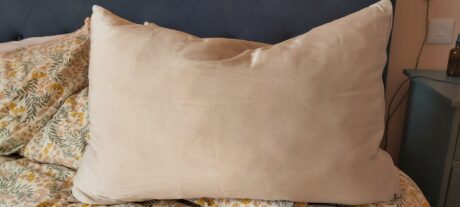
Don’t forget to choose the right mattress protector as well. A mattress protector should always be used to help keep the mattress clean but many are made of plastic and man-made materials, which create a hot, sweaty bed. Instead, use a cotton mattress protector like this.
Don’t Wash Your Clothing and Bedding with Fabric Softener
Fabric softener can negatively impact the quality of your clothing, sheets, and towels over time. It coats the fibres with a waxy substance that reduces their absorbency, making them sweatier and less comfortable to wear. If you must use a softener, use distilled white vinegar instead.
Sleep Naked
Not much more to say really, but sleeping naked is the coolest way to sleep. If you really must sleep with some clothing, then opt for linen or very fine cotton, and if possible, no underwear.
Sleep on Your Own
The heat of another body in bed will make you hotter, particularly if that person runs hotter than you do. Sleeping spread eagle will help the air circulate around your body. If you have a small bed and there’s another spare bed available, it may be best to sleep separately.
Choose your mattress wisely
Memory foam is the hottest mattress material, so choose natural, more breathable materials like latex and wool instead. Make sure your mattress is not sitting on the floor, and is on a slat bed or a bed base that allows airflow to ensure the mattress doesn’t trap moisture and become damp and mouldy. You can also purchase mattress cooling systems, such as this bed cooling system which uses a chilled water flow circulating through high-grade soft silicone tubes to cool down the mattress pad.

